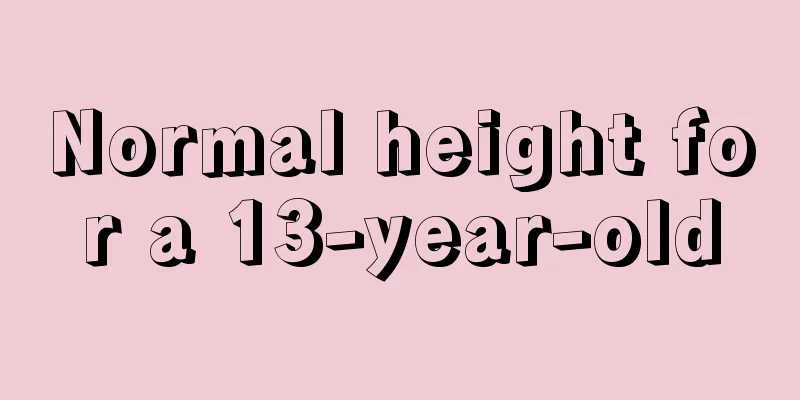100-day-old baby's head is not stable

|
For couples who have just become parents, they will always pay attention to the growth and development of their babies. In fact, this is the correct approach, because in this way we can discover problems in children in time and take timely measures to deal with them. Some parents find that their children are already 100 days old, but they still can't hold their heads up. This seemingly simple matter actually involves great risks. If the baby's head is unstable, it may be due to physiological or pathological factors. Normally, babies start to be able to lift their heads by themselves after they are 2 months old (of course, this refers to full-term newborns). It is normal for some children to have unstable and wobbling movements at the beginning. Generally speaking, the baby should be able to hold his head very steadily after 4 months, especially when held upright or lying on the bed. If the child cannot lift his head steadily before 4 months old, you can slowly train him. If this is still the case after 4 months, and the child is not particularly fat and the head is not particularly big, then this situation is mostly due to pathological factors, and gross motor dysplasia cannot be ruled out. Therefore, it is recommended to see a pediatrician for a face-to-face consultation and, if necessary, to do a head MRI examination, especially for babies who were born with hypoxia and asphyxia. Generally, a three-month-old baby can lift his head, and a four-month-old baby can lift his head more steadily. If the baby's head is still not stable after four months, you need to consider whether the baby has a weak constitution. You need to pay attention to nutrition and give your child appropriate calcium supplements. It is best to go to the hospital for a check-up. If the child is premature, the gestational age should be corrected and then the child's motor development should be evaluated. If a child over four months old cannot lift his head steadily, there is a high suspicion that the child has high muscle tone or abnormal muscle tone. It cannot be ruled out that the child has intracranial injury and should go to the hospital for further examination. First of all, a neurobehavioral score test is needed to comprehensively assess the development of the child's nervous system. A CT or MRI of the head is also needed to see if there is any brain dysplasia. If a child is born with asphyxia or there is a similar case in the family, a comprehensive examination is definitely needed. If your baby's head is still unstable at four months old, it may be due to calcium deficiency. Parents should take their babies to the hospital to check for trace elements. If calcium deficiency does exist, the child should be given calcium supplements in time. In addition, you should take your baby outdoors to bask in the sun more often, which can also effectively supplement calcium. The baby's complementary food should be more diversified, and the baby should go to the hospital for a check-up after two weeks of supplementing trace elements. |
<<: My baby's head is still unstable at four months old
Recommend
What to do if your seven-month-old baby has a runny nose
Seven-month-old babies have begun to grow teeth, ...
Why does my child's legs hurt at night?
The baby at home always complains of leg pain, es...
What material is good for baby food bowls
When choosing complementary food bowls and chopst...
What are the symptoms of Japanese encephalitis in children?
Japanese encephalitis is actually a virus that ca...
What should I do if my baby has anorexia in summer? Five ways to solve anorexia
In summer, young children will suffer from anorex...
Brain changes in premature infants
Brain changes in premature infants are relatively...
What are the symptoms of autism in children?
Nowadays, many children suffer from autism due to...
What should parents do if they find their baby has a gastrointestinal cold?
Gastrointestinal colds are common in babies. At t...
Is it normal for a baby to have protruding frontal bones?
The frontal bone is one of the 29 bones that make...
Can a five-month-old baby eat grapes?
Babies are very cute in the eyes of their parents...
What to do if your nine-month-old baby has dry stools
Every baby has a different physique. Different di...
Can children use aloe vera gel on their faces?
Children can apply aloe vera gel on their face, w...
One and a half month old baby's development
When the baby is growing and developing, each sta...
What should I do if my newborn baby has not had a bowel movement for four days?
The body functions of a newborn baby are still un...
Signs of high IQ in 2-year-old babies
As parents, we all hope that our babies are smart...









